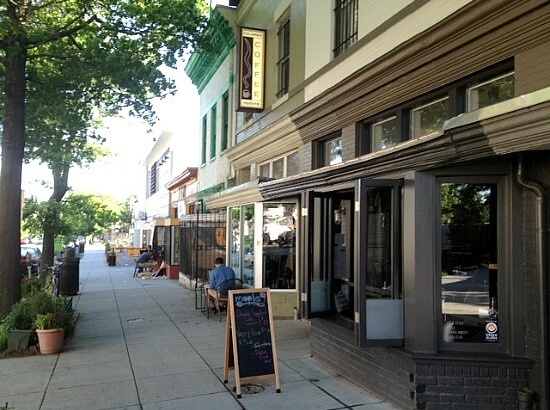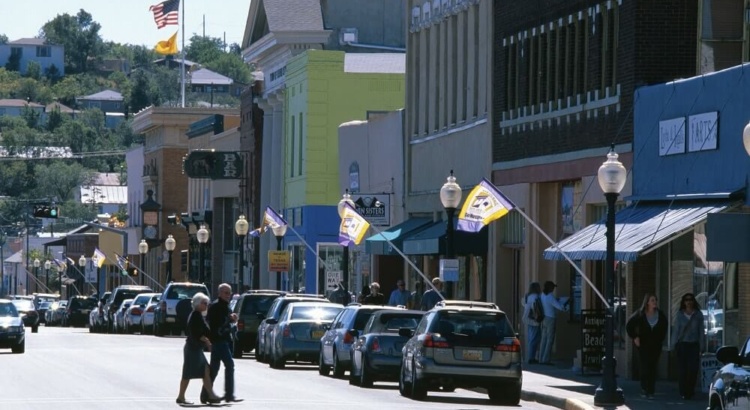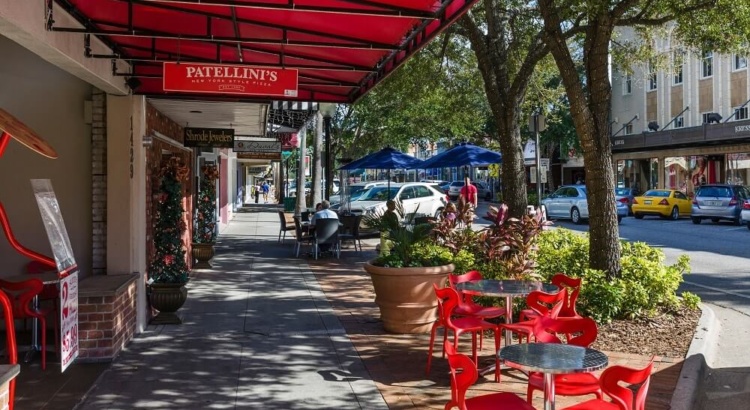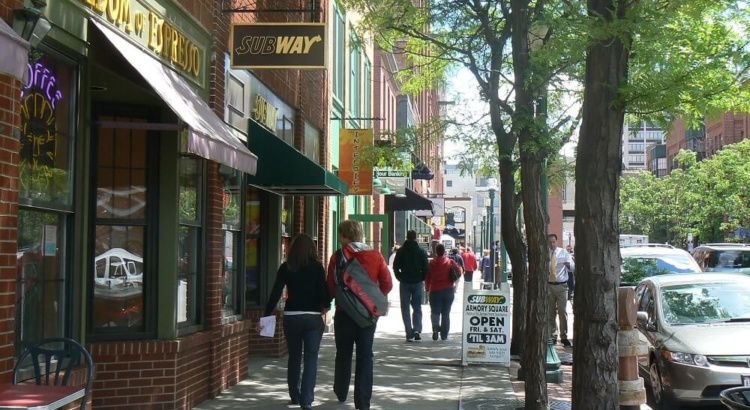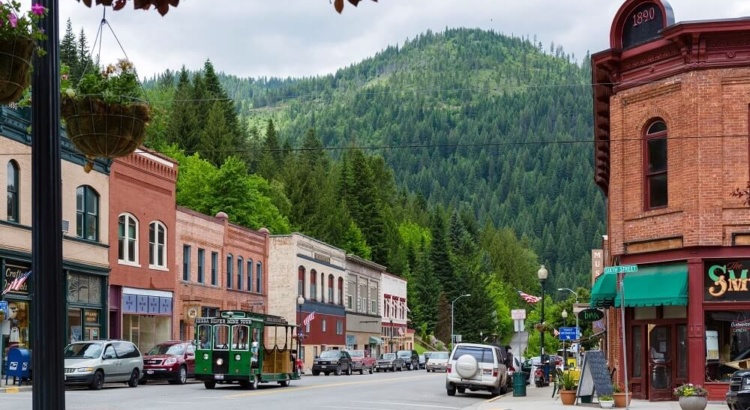Main Streets 2016: Washington DC
The nation’s capital is famed for a work-intensive lifestyle, but that doesn’t mean it’s not a fun place to play. If you’re ready for a night out in Washington, D.C., and you’d also enjoy discovering a very interesting neighborhood, you can’t do better than 11th Street Northwest.
“Washington’s hip strip” is what the New York Times called Columbia Heights, the central D.C. neighborhood for which 11th St. NW is the main street. Once a thriving, culturally rich African-American neighborhood, this area was ravaged by the riots that followed the 1968 assassination of Martin Luther King, Jr. A decade ago, noted the paper’s Travel section, the area was still “best known for vacant homes and empty storefronts” — but a new Metro station that opened in 1999 sparked a surge of activity and commercial development.
A few blocks from the station in the 11th Street area, the Times says the nearby “big box stores and chain restaurants give way to indie rock dance parties and guerrilla theater peformances.” 11th Street NW offers cozy wine and beer spots — even Bloombars, a nonprofit art center that doesn’t actually serve alcohol. Instead it offers children and adults a wide diversity of programs, from music jams and family drum circles to indie film nights, folkloric dance classes and kids’ art sessions.
The nightlife options on 11th St. NW are even more diverse than this neighborhood’s population. For dinner you might choose a European-style café, a Neapolitan-style pizza place, a Mexican cantina or a barbecue joint. The Coupe is a spacious bar and coffee house that’s open pretty much all the time, and the Wonderland Ballroom, over on Kenyon Street NW, calls itself a “neighborhood hangout, meeting place and dating service” for D.C.’s droves of young professionals.
One of Columbia Heights’s most spectacular destinations, nearby on 14th Street, is the GALA Hispanic Theatre, a National Center for Latino Performing Arts. The nonprofit dates back to 1976, and in 2005, it achieved a dream of opening a permanent home when it moved into the renovated Tivoli Theatre, a landmark 1924 venue that had been vacant for three decades.
The pride you can see, feel and taste in Columbia Heights reaches a high point with October’s Columbia Heights Day Festival. Celebrating the neighborhood’s diversity and community, the big event involves churches, community clubs and organizations, art centers, businesses and neighbors from all backgrounds. It’s the culmination of what has made this part of the nation’s capital a community all its own.
Street photo courtesy of Mark Welborn – Urban Turf
Columbia Heights Day photo courtesy of Andrew Weisman – New Columbia Heights Blog
